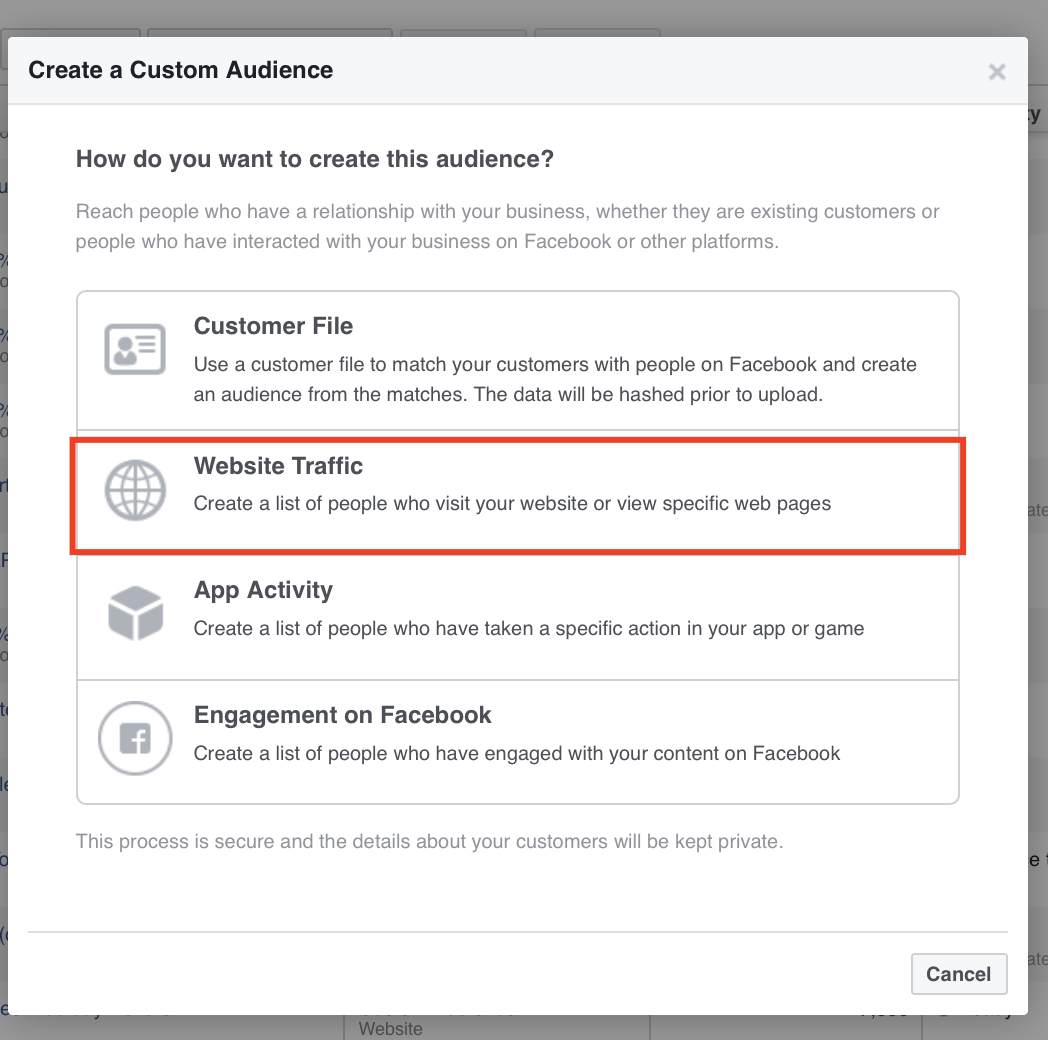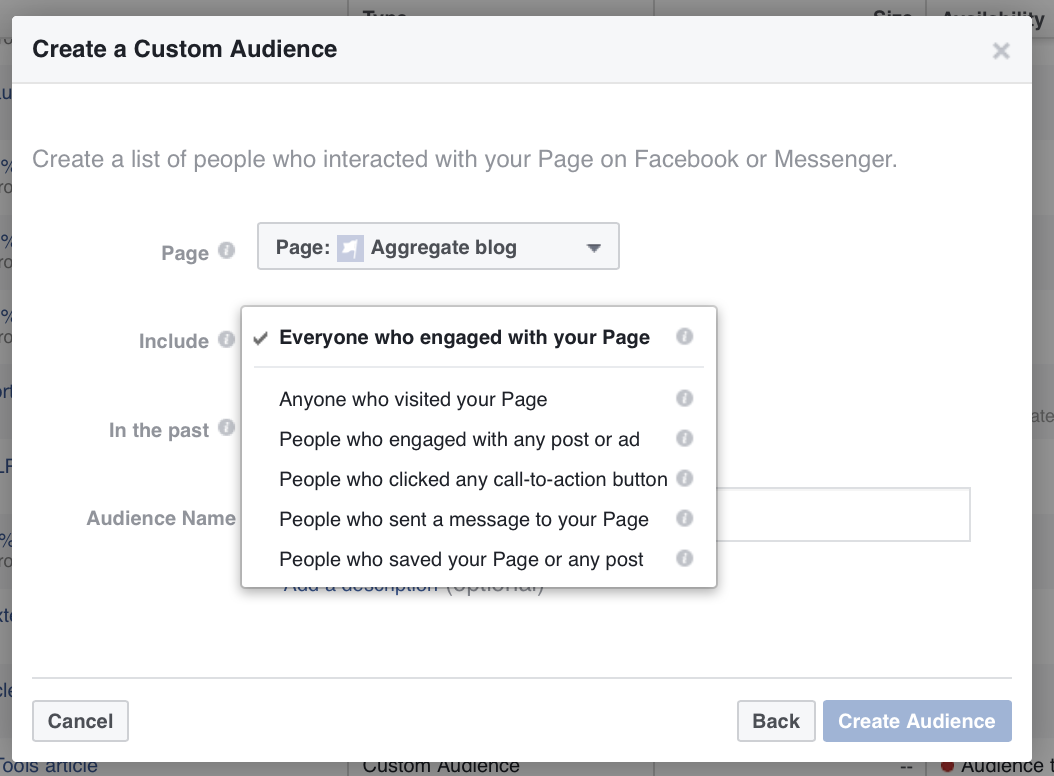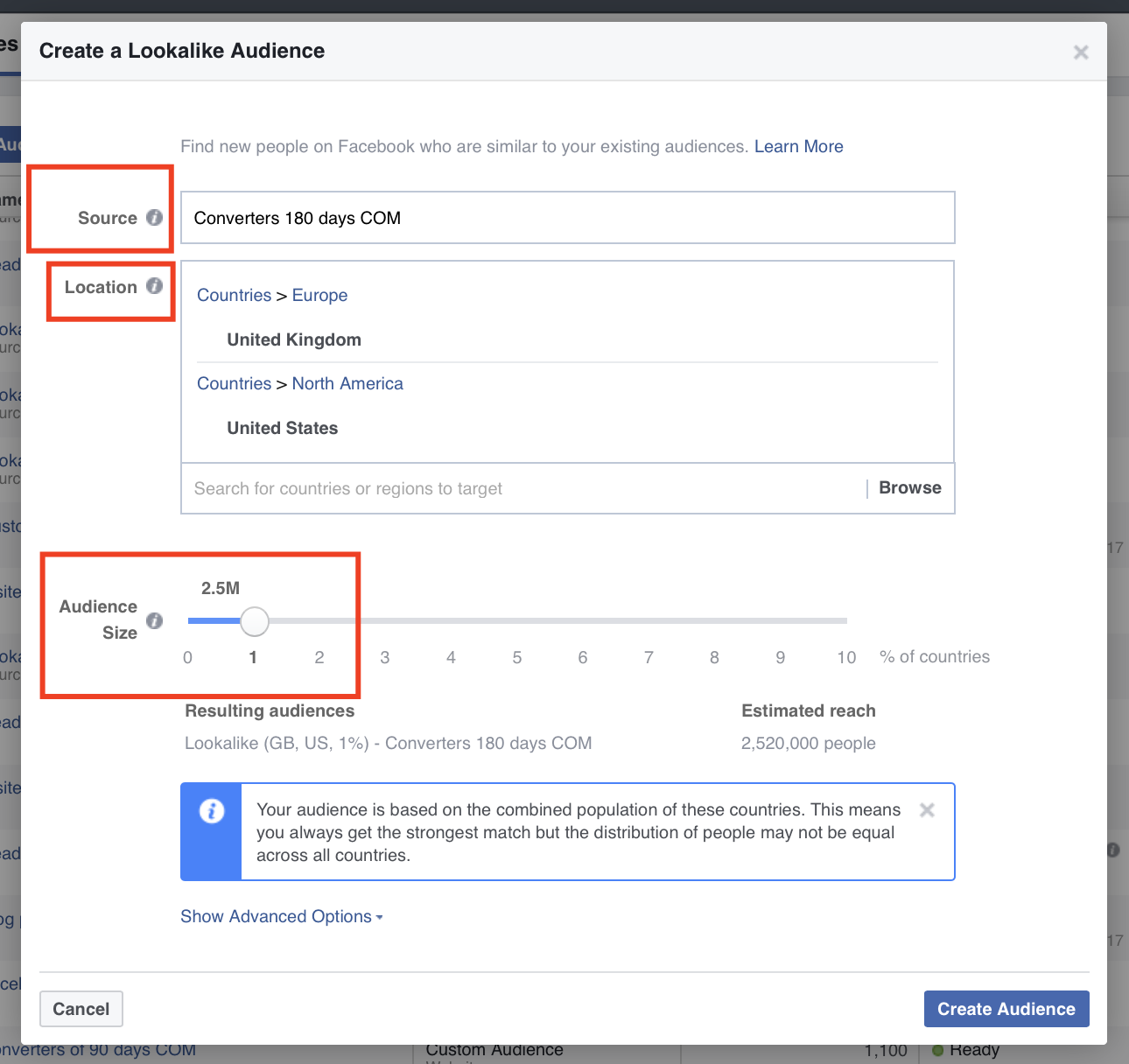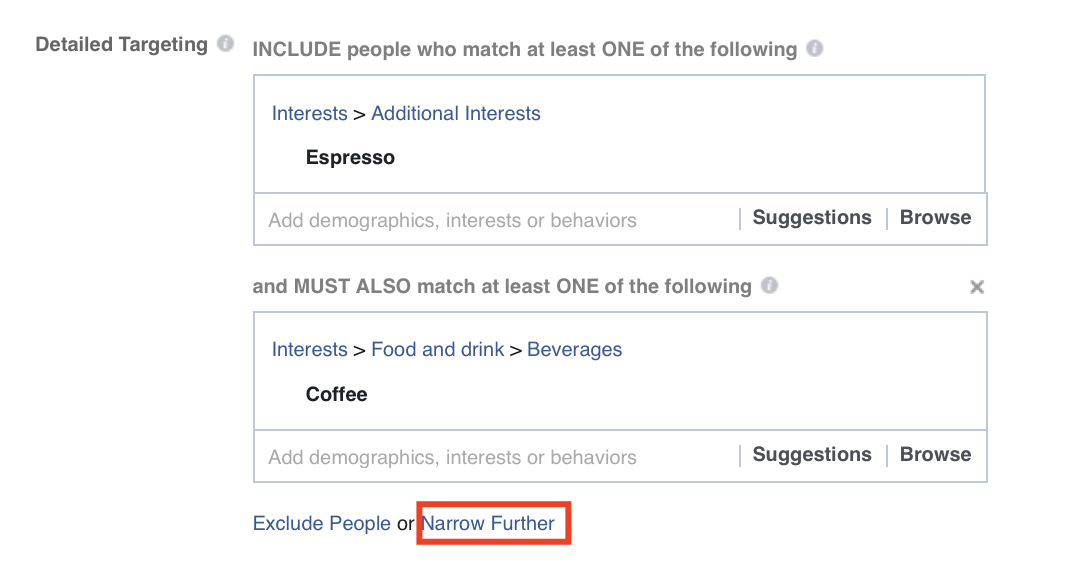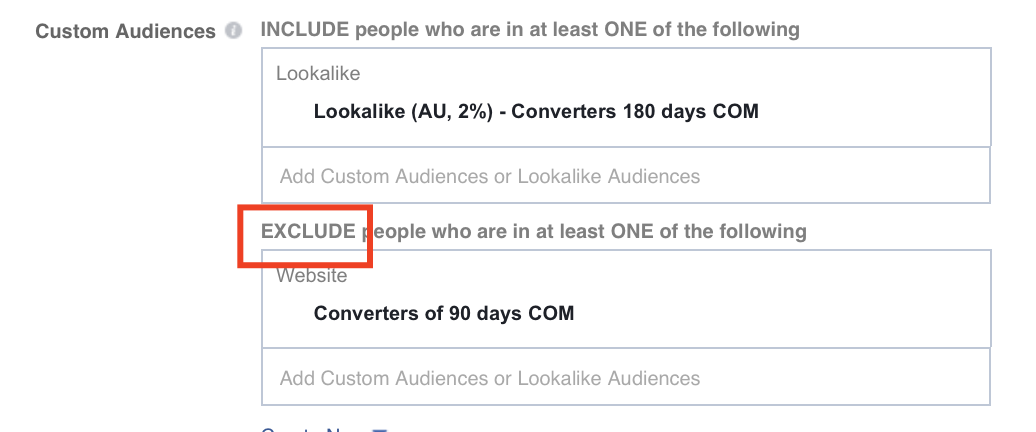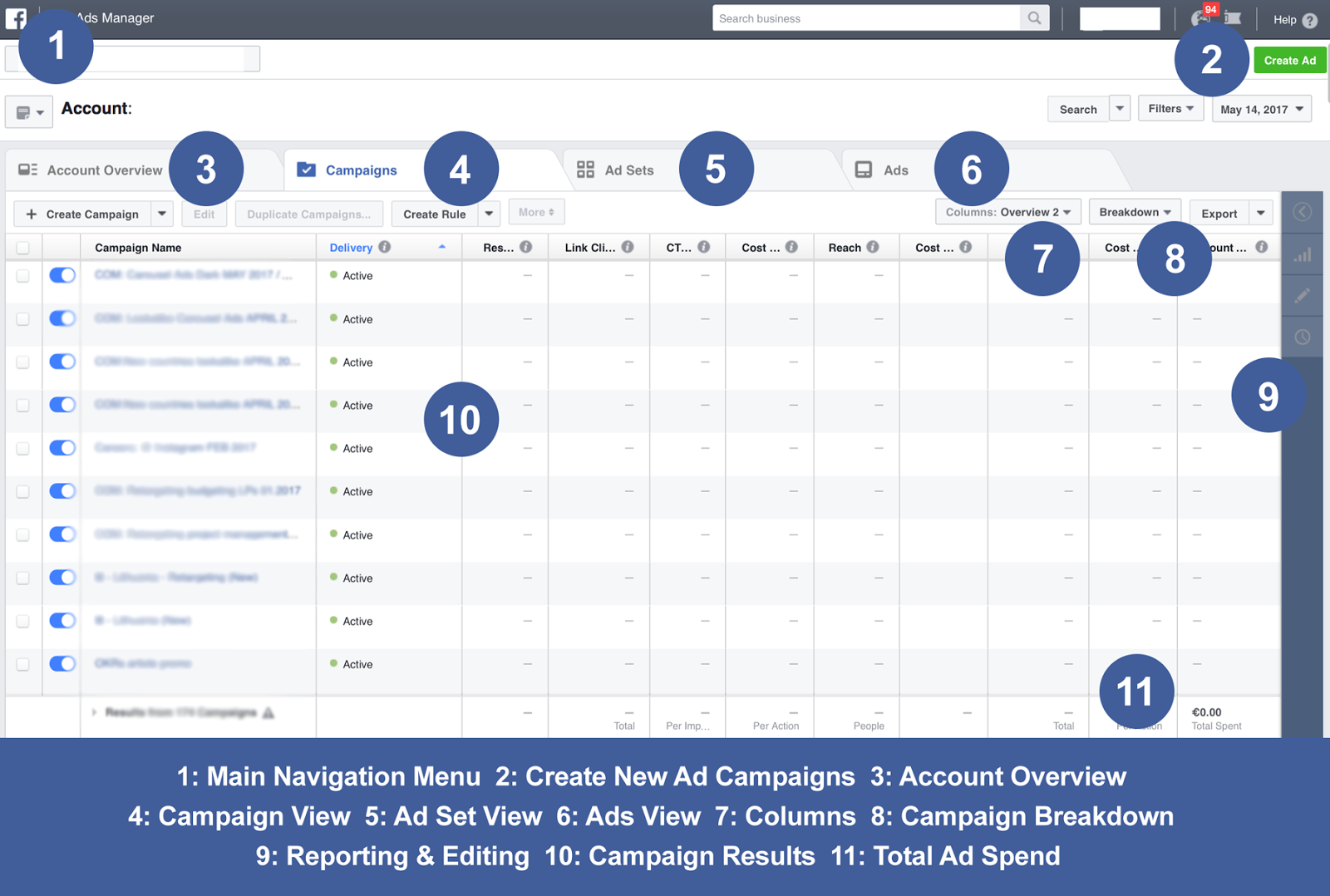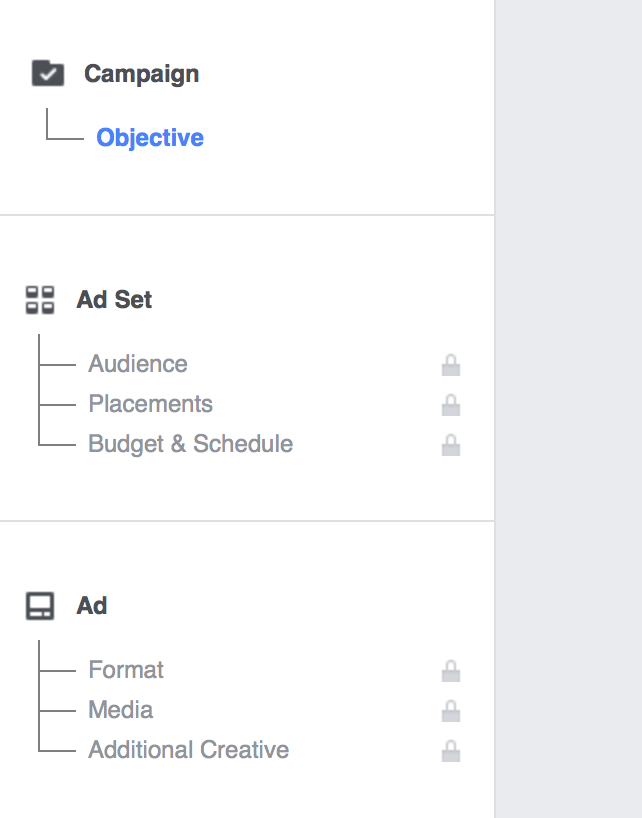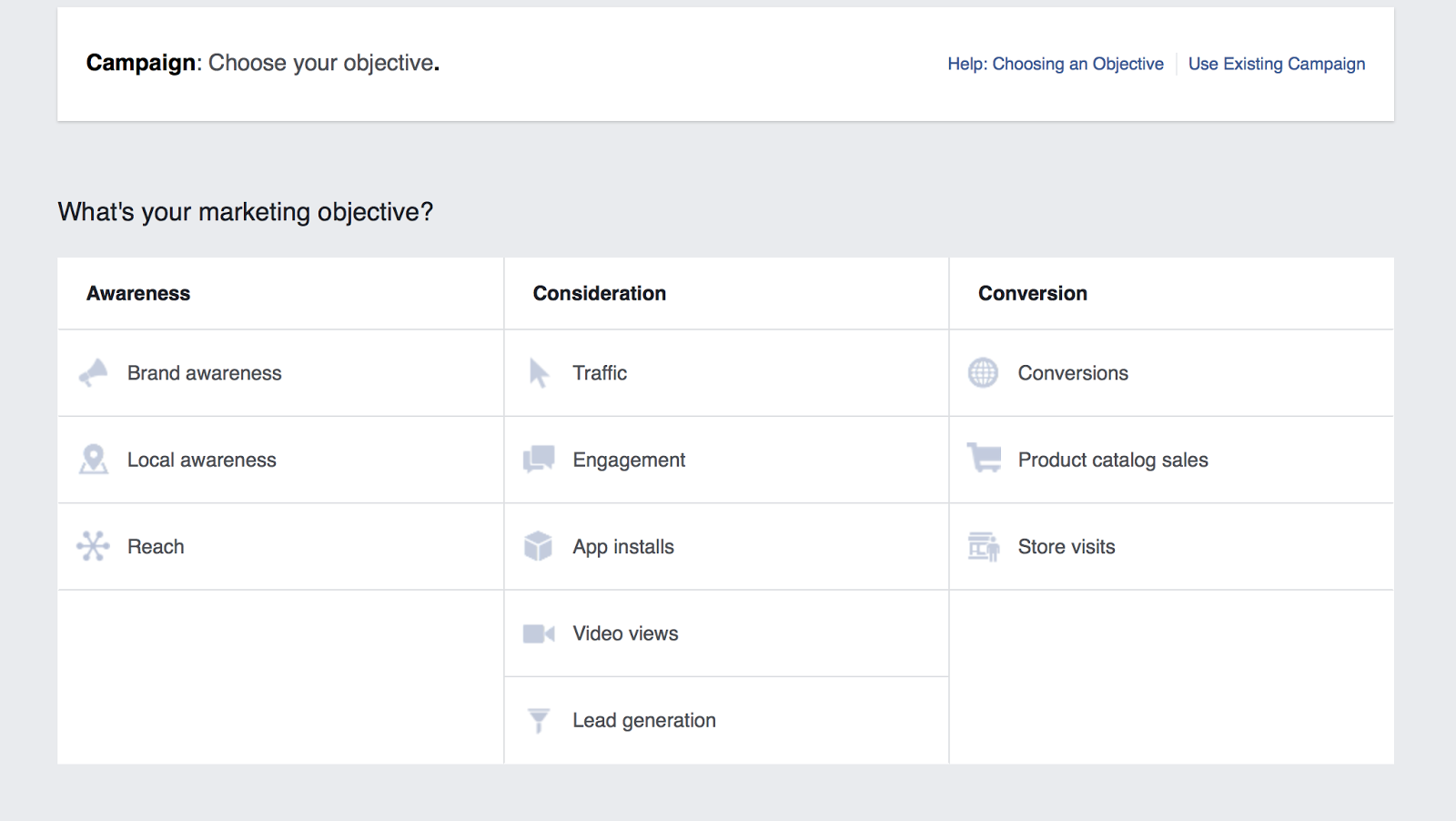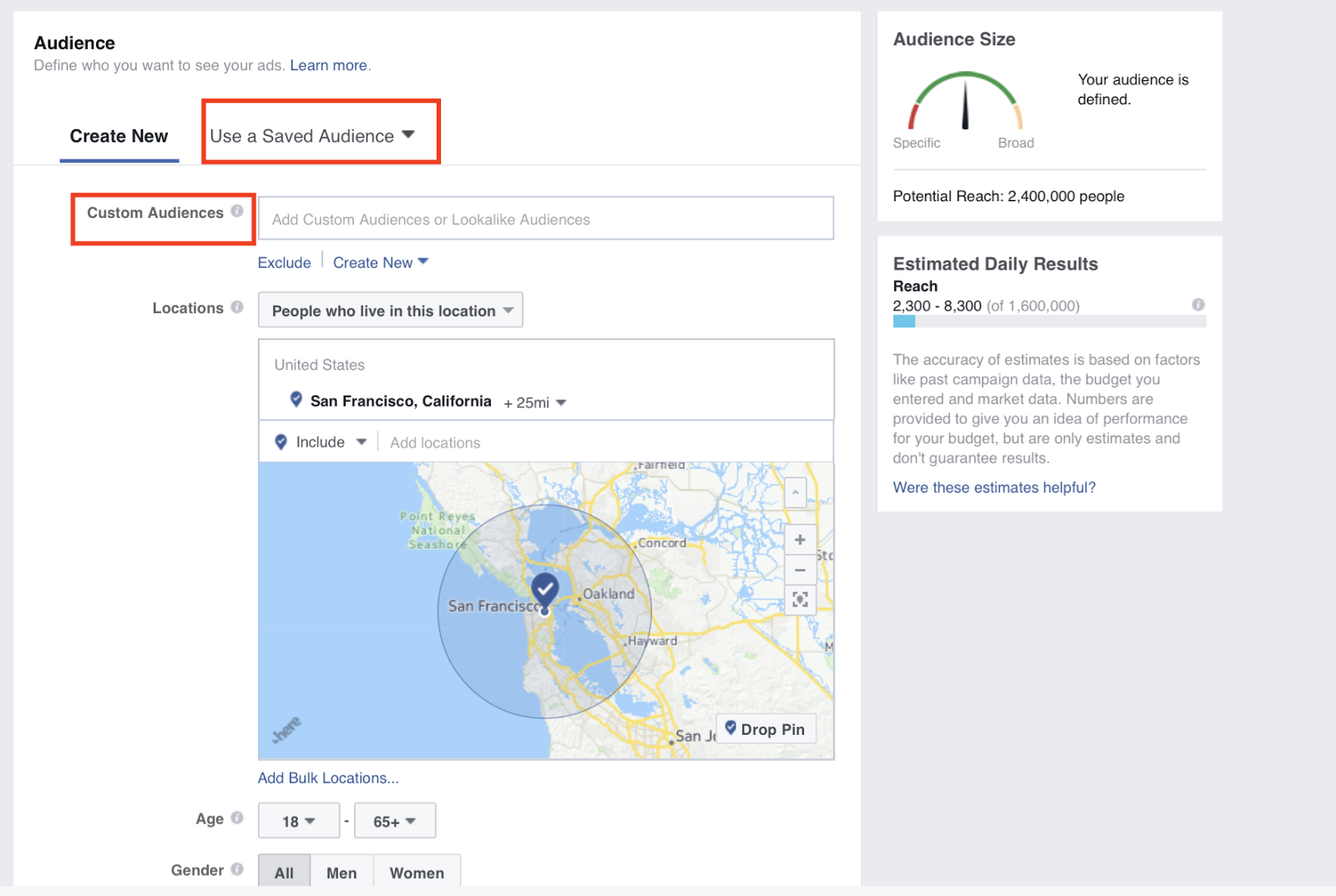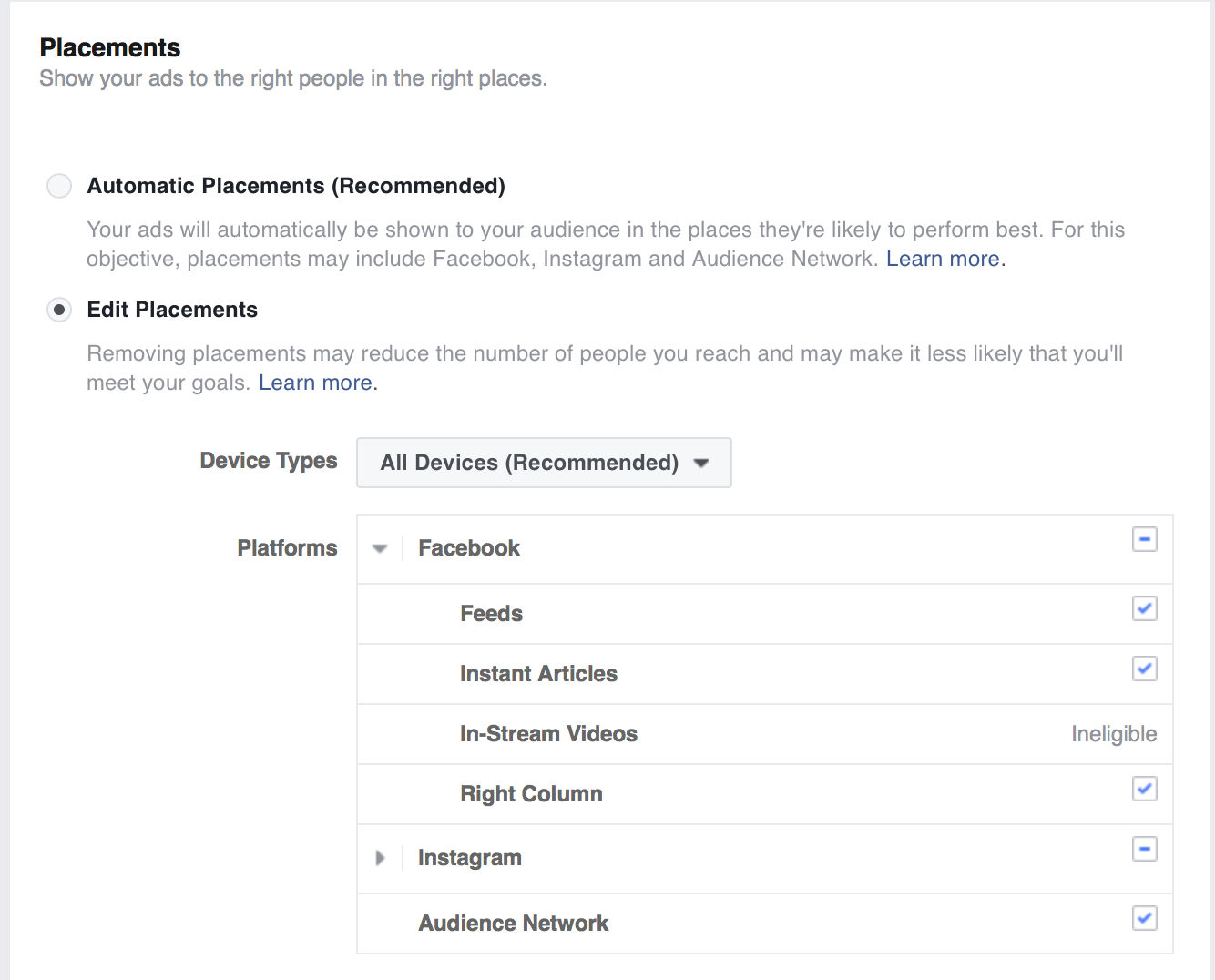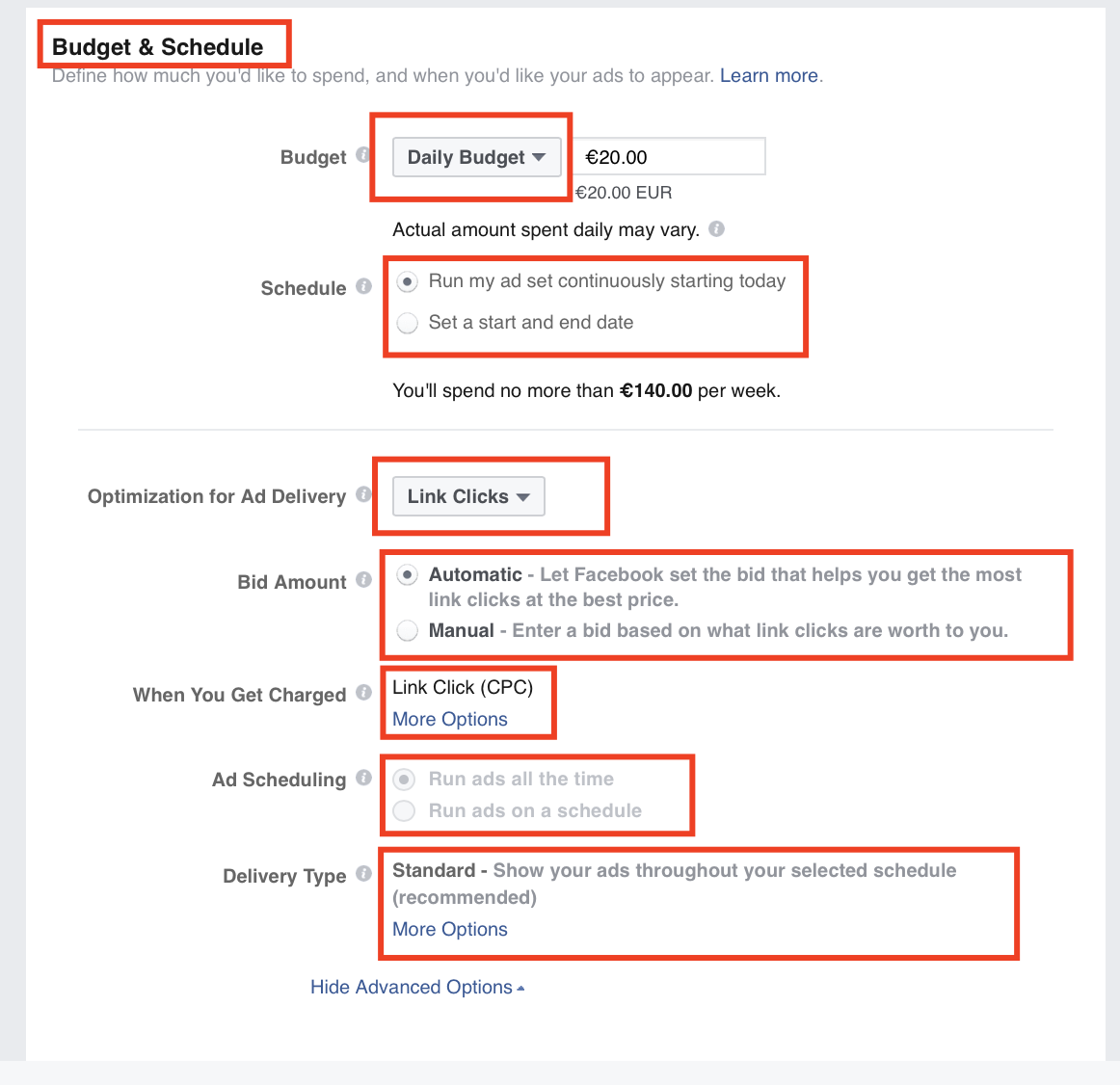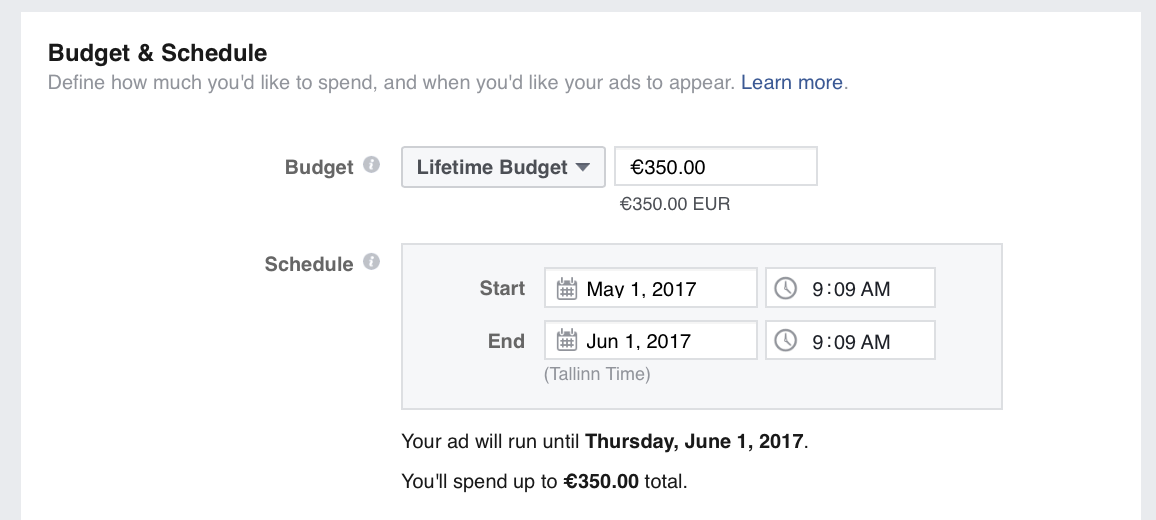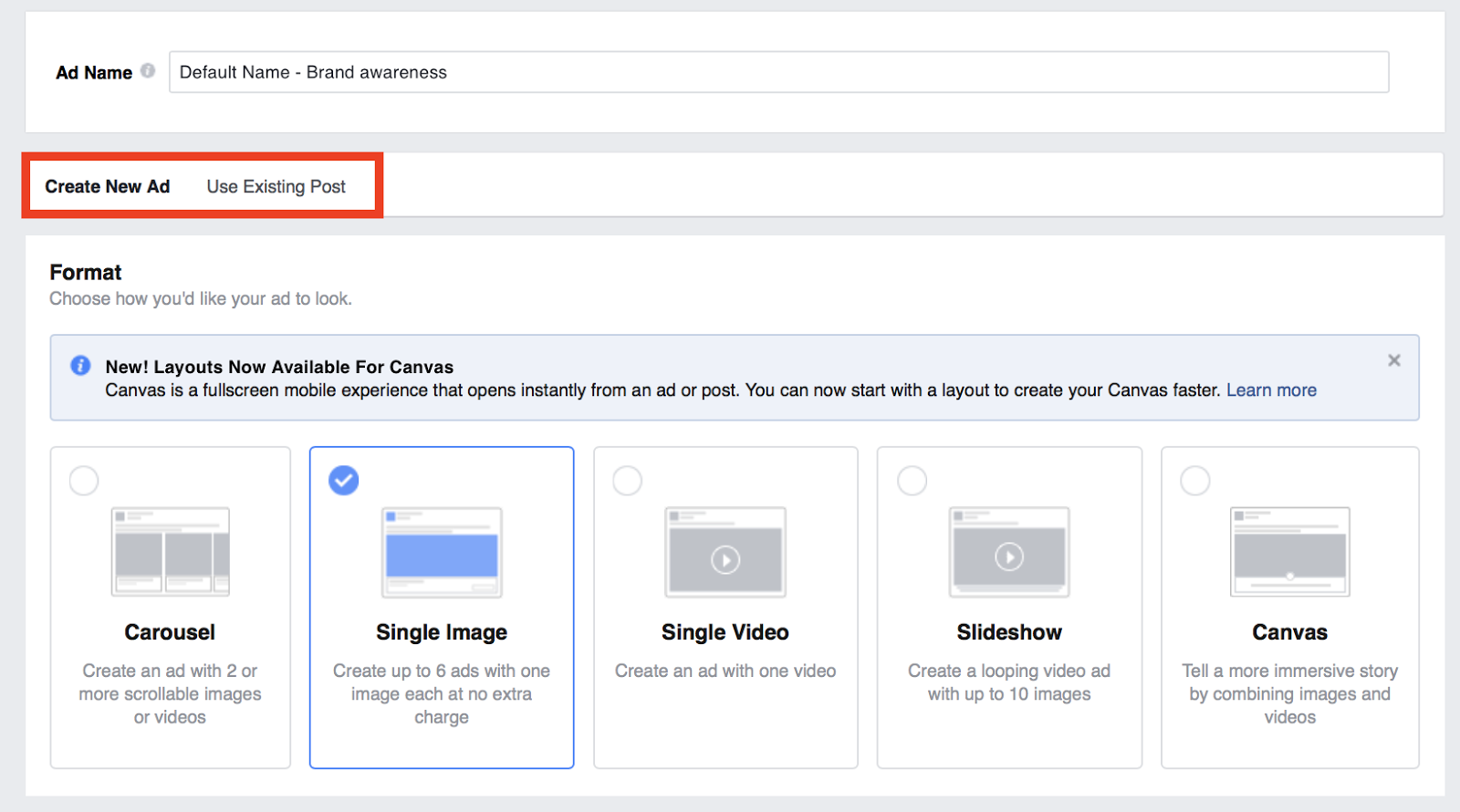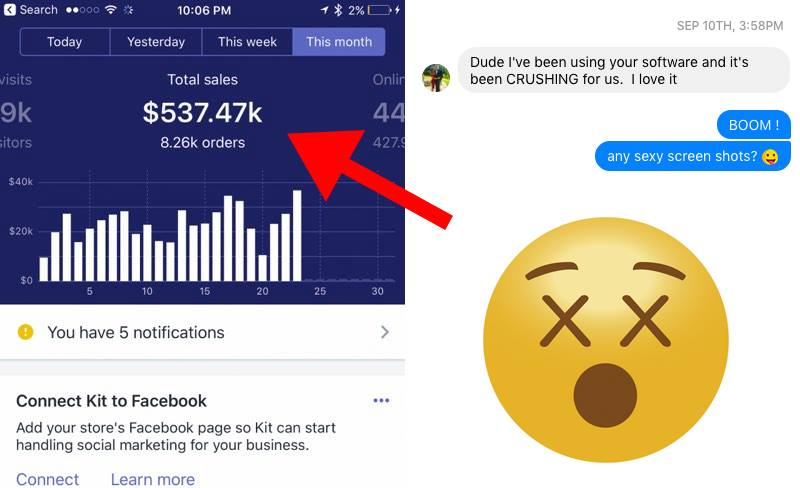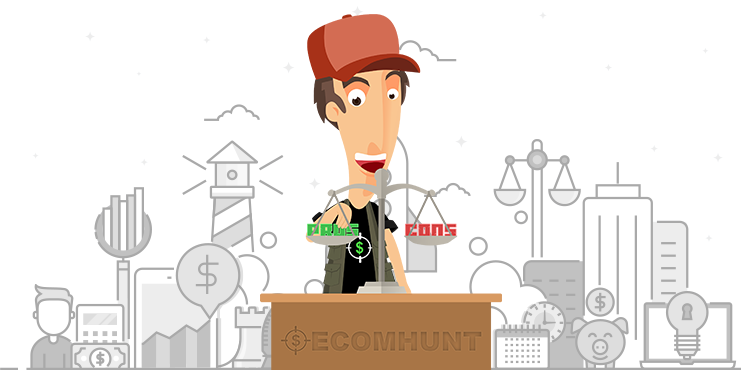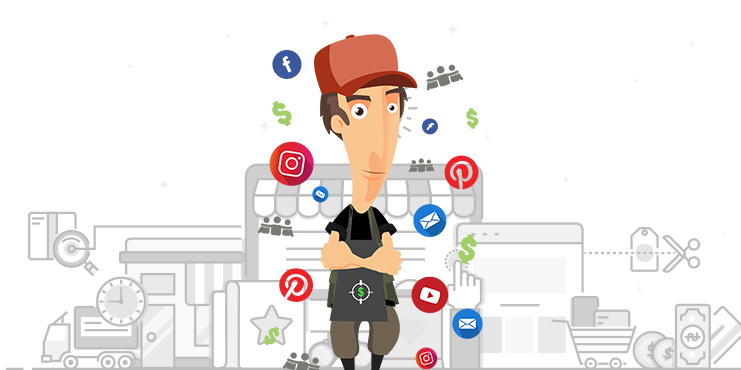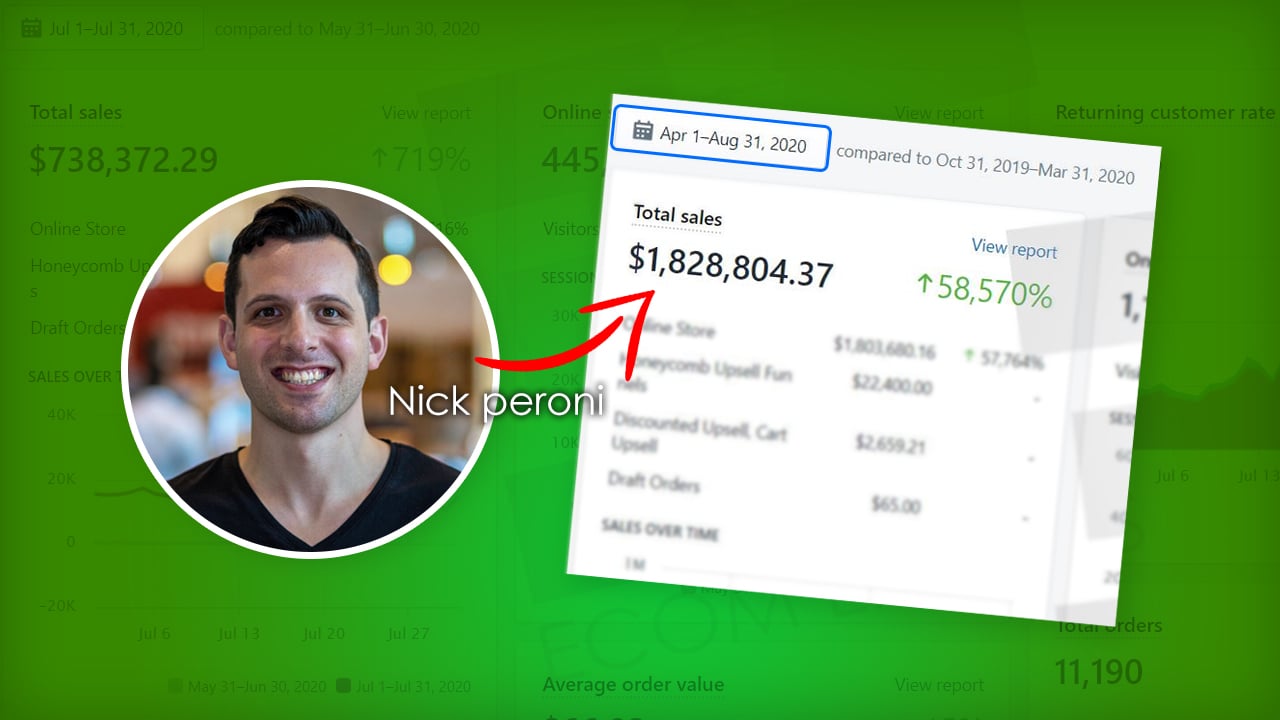Facebook ads have been working great for your business, right? Based on that success, you’re probably ready to turn around and increase your investment.
Maybe you already have and your fully optimized and profitable campaign has gone haywire. If so, you’re not alone.
There is a trick to scale your Facebook Ad campaigns.
It takes a deeper understanding of your business and the Facebook platform than you may think, and that’s exactly what I’m here to outline for you today.
I’ll show you exactly what you need to consider before you scale up your Facebook Ad campaigns so that you can fully understand the investment you’ll need to achieve your results.
Plus, you’ll understand exactly how to scale your successful campaign so that you don’t screw up the hard work you’ve already put forth.
How Most Companies Scale Facebook Ad Campaigns – The Wrong Way
Most businesses create small-scale Facebook Ad campaigns to test their results before making a large investment. THAT is a smart move. You should always understand the behavior of a campaign before throwing a ton of money behind it.
Also, you should learn how to measure the success of your campaigns, for instance by learning how to measure conversions with a Facebook Pixel, and therefore the ROI of your investment. This will give you an idea on what’s working and what’s not.
After companies realize that some of their campaigns are working, they increase the spend and scale up the successful campaigns, something like this:
Let’s say, for instance, they created and optimized a campaign with a $50/day budget, getting 10 conversions per day. The campaign is working well, so they will then increase that budget to $500 dollars overnight. Everyone would expect 100 conversions coming daily, right? Wrong, and that is the problem.
This, my friends, is not the correct way to scale Facebook Ads campaigns. The Facebook algorithm doesn’t allow for those types of changes to be made without having a more dramatic impact on your campaign. Instead of getting 100 conversions, you might end up getting maybe 20, if not less, and therefore you’ll pay much more and the campaign would not be sustainable.
Why is that?
What to Know About Your Business First
I’m about to tell you exactly how to scale your campaigns, but first…
Before you ever create a Facebook Ad campaign, it’s imperative that you understand some very specific things if you ever hope to be successful with large-scale Facebook advertising.
Most companies assign a Facebook Ad budget without ever knowing what they’ll see out of their investment. In order to truly understand that investment, you need to approach your campaign by starting at the end.
These are important considerations when scaling Facebook Ad campaigns because they will be the determining factors in the budget you assign to your goal and the way you approach your scaling.
Ask yourself these questions before you create your next campaign:
How many new customers do you want?
You should have a goal assigned to every Facebook Ad campaign. If you want to acquire 100 new customers, set that as your goal before you set yourself a budget. What are 100 new customers worth to you?
What is your customer’s lifetime value?
If a customer buys from you once, they may only spend $100, but how many times does your average customer buy from you? If they buy 6 times, their lifetime value is $600 and you may decide you want to spend more to acquire them. Even if you spend $100 to convert them and break even, you’ll be seeing a $500 return over the course of their lifetime as a customer.
How much are you willing to spend to convert each customer?
Now that you know how many customers you want to bring in, you need to decide how much each of them is worth to you and what you’re willing to spend to convert them. If your average customer spends $100, you may be willing to spend $25, $50, or even $100 to convert them.
If your average customer makes a purchase of $1,000, you may be willing to spend $200, $300, or even more to close the deal. You need to know what you’re willing to spend before you ever set yourself a budget.
How much will you need to spend to convert that many customers?
If you determine that a customer’s lifetime value is $250 and you are therefore willing to spend $50 to convert them, in order to acquire 100 new customers you will need to set your budget at or above $5000.
How to Scale Facebook Ad Campaigns
The trick to scaling Facebook Ad campaigns is simple —
Make small changes.
Rather than taking a successful campaign and doubling or quintupling its budget, move in smaller increments. The most that you may be able to get away with is a 50% increase, but we recommend making even smaller changes (think around 20%).
The way Facebook’s algorithm works, you’ll need to allow that change to take hold for 24 hours, then return and analyze the data. Ask yourself the following questions as you do so:
- Have your CPC, CPM, CPA shifted dramatically?
- Is everything within the predetermined KPI thresholds?
- How has this change affected the cost per lead/sale?
- Is this campaign still profitable in the long term?
If your campaign hasn’t changed dramatically and your numbers are still in line, go ahead and make that same incremental change and repeat the process until you have scaled to the desired level.
But…before you go and start making changes, be sure to read the next section. It’s vital to your success because there is another common mistake that many Facebook marketers make.
Make only one change at a time.
Every single change you make may have a dramatic impact on your numbers when you return the following day. If you start implementing multiple changes at the same time, you may find yourself with a problem you don’t know how to fix.
Move slow and you’ll have an easier time maintaining the success of your campaign, as it will be much easier to understand when and where you’ve gone wrong.
How to make incremental changes
Inside your ad manager, edit one ad set and get to the budget session. You’ll notice a button named “adjust budget”.

When you click on it you’ll be able to edit the budget and increase it by a certain percentage.
Now you know
Making any changes to your Facebook Ad campaigns can shift them dramatically. You always run the risk of turning a perfectly optimized campaign into a complete mess.
The key is to move slow, make small changes, and make them one at a time. If you apply those rules to your strategy you’ll be able to scale Facebook Ad campaigns with little risk and a better understanding of how those changes affect your advertising.
Be sure to ask your questions or tell me about your scaling experience in the comments below.







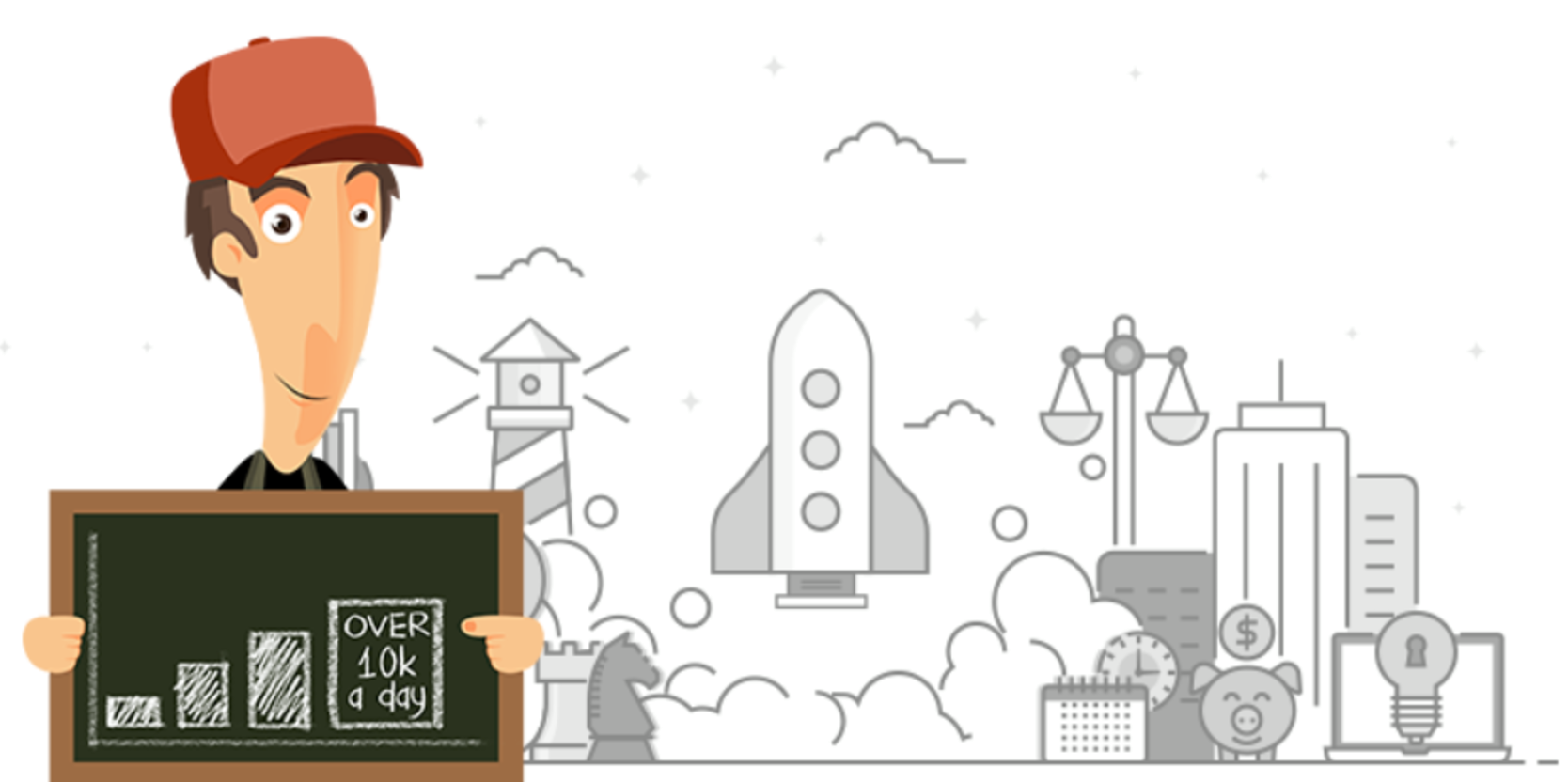





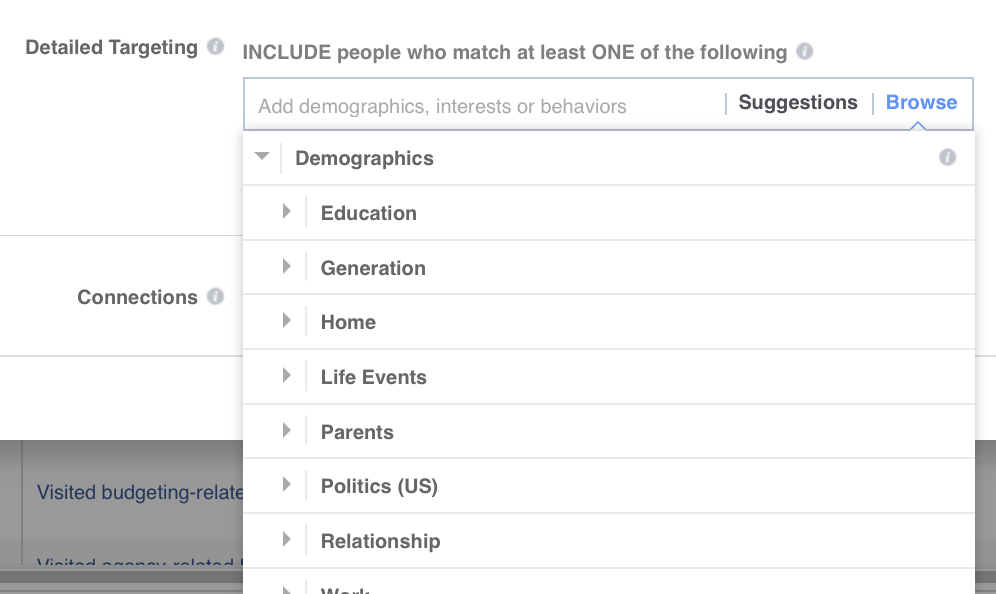
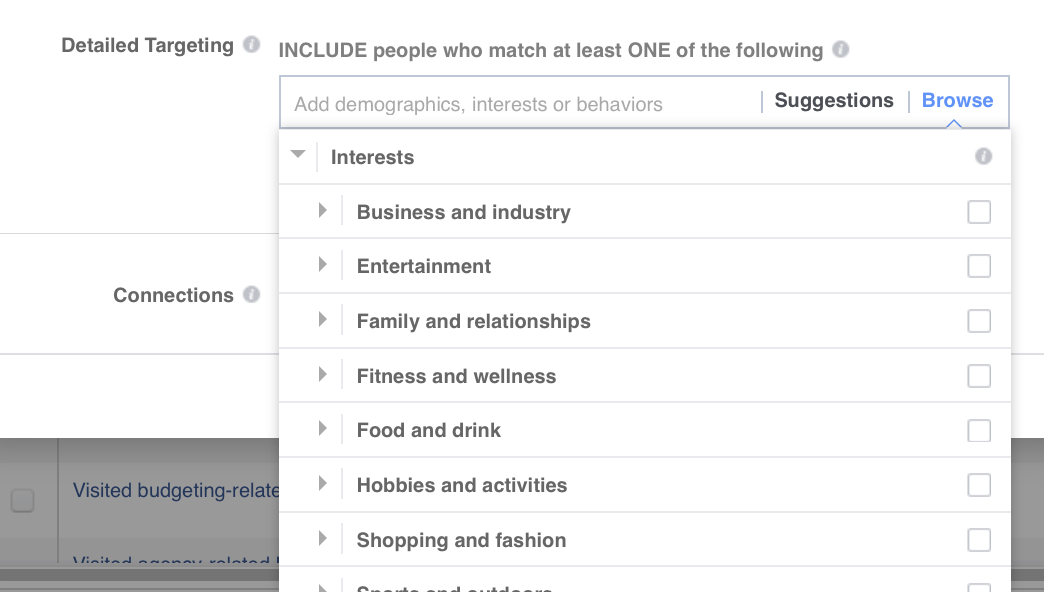

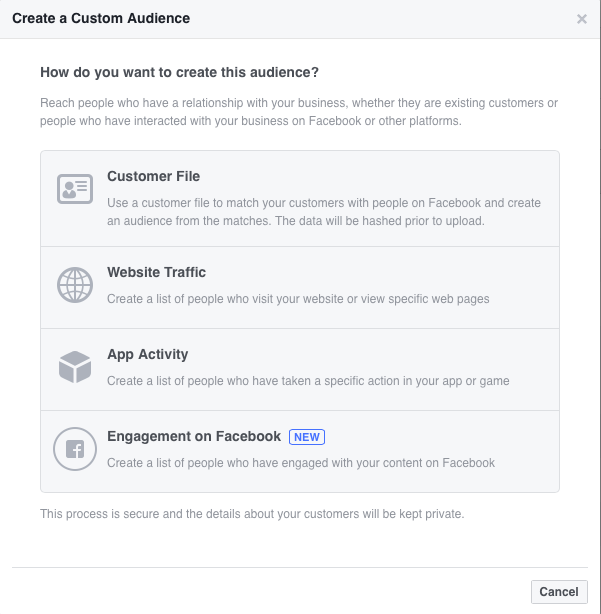
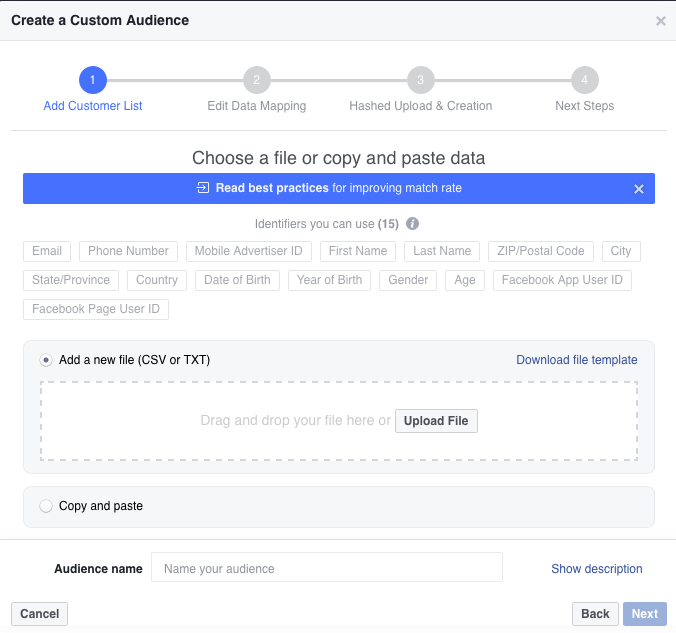 If you need to clean up the data inside your customer files before the import, this
If you need to clean up the data inside your customer files before the import, this 